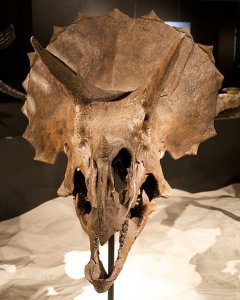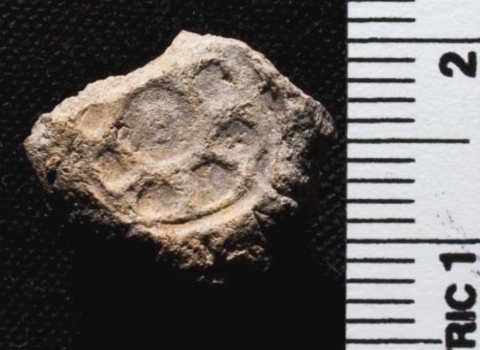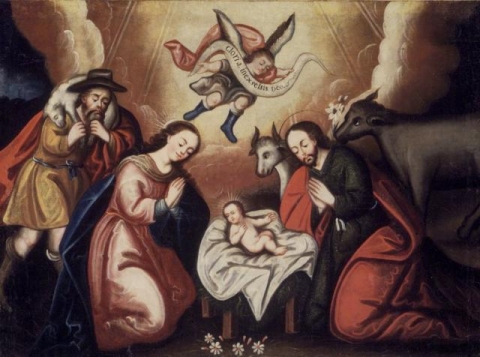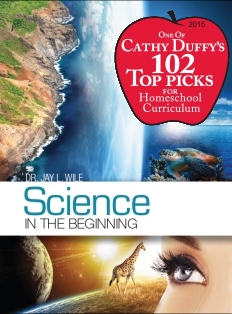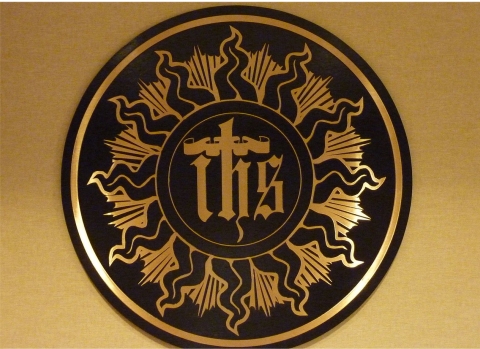
(click for credit)
When he was a child, he went to church, but the older he got, the less he believed in God. By the time he was in high school, he wrote to his minister and stated that he no longer believed in God. His minister wrote back and gave him a book to read, but Ell never read it. By the time he got his law degree, he was a full-fledged atheist. In his new book, Counting To God, he describes what he believed at that point in his life:
It seemed you could explain just about everything with logic and science. It seemed God had no place in our modern world. I treated God like a joke. (p. 19)
In his early thirties, Ell had a son, and this caused him and his wife to start attending church. Ell treated it like a social club, but he did notice something: Many of the people in the church he attended (including the minister) had an inner peace that he could sense. He wanted that peace, but didn’t see how he could have it, because he didn’t believe what they believed.
In his mid-forties, a new career opportunity forced him to spend a lot of time on airplanes. As a result, he started reading about science, mathematics, and religion. The more he read, the more he saw a connection between the three. He eventually saw seven specific ways in which science and mathematics support the existence of God:
1. The evidence that the universe had a beginning
2. The apparent “fine tuning” of the universe
3. The complexity of life and our inability to discover a naturalistic explanation for its origin
4. The fantastic, futuristic technology that exists in all of life
5. The mounting evidence against neo-Darwinian evolution
6. The specialness of earth
7. The mathematical nature of the universe
Continue reading “Counting To God: Another Atheist Who Became a Christian”

